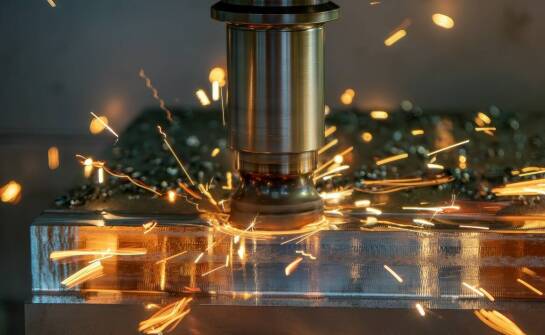Sponsored article
How does large-scale thermoforming work?

Vacuum thermoforming is a proven plastic processing method used in many industries. The process involves heating the thermoplastic sheet or film to its plasticising temperature and then forming it using a mould and vacuum. This enables the production of durable and precise components used in the logistics, medical or packaging industries, for example. High-volume production uses automated thermoforming machines that provide fast cycles and tool interchangeability.
Read more: Outdoor entrance mats vs ecology – solutions available on the market
Materials used in plastic sealing
The most commonly used plastics are those that are flexible and easily mouldable under heat. Polystyrene is popular for packaging, PVC is used in the construction industry. The plastic sealing plays an important role in joining components to create more complex structures.
Steps in the thermoforming process
The process consists of several stages. First, the material is heated to make it plastic. This is followed by vacuum forming, during which the material takes the shape of the mould. Once formed, cooling takes place to consolidate the new shape. In technical production, HF sealing or other post-processing methods are often used in addition. Each step requires the process parameters to be adapted to the type of plastic. Advanced solutions in this area are offered by Zemat Technology Group.
The role of sealing in thermoforming
Sealing is a key part of the process, especially when joining moulded parts into larger structures. Zemat technology uses techniques such as high-frequency (HF), impulse, and constant heat sealing. HF works well with PVC and TPU, providing aesthetically pleasing, durable joints. Choosing the right method affects the quality and longevity of the finished products.
Thermoforming applications in industry
The technology finds applications in logistics, medicine, automotive and reusable packaging. Allows the creation of transport inserts, technical trays, separators and organisers for medical equipment. The main advantages are the low cost of the moulds, energy efficiency, fast changeovers and the ability to create complex shapes. If necessary, the components are joined by sealing, which increases the functionality of the finished products.



